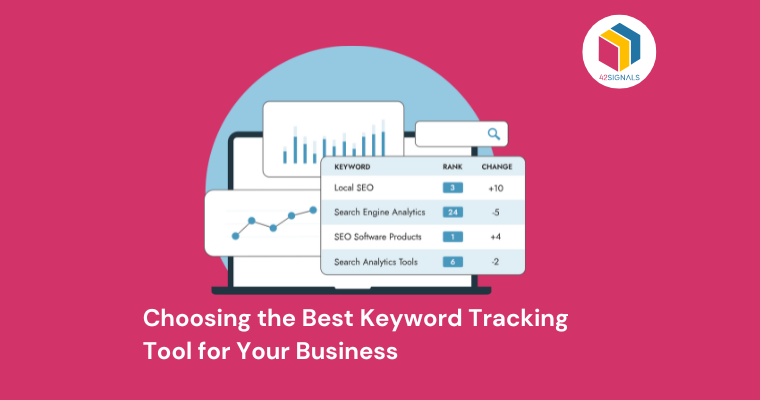Customer sentiment analysis is the process of analyzing and understanding the emotions and opinions expressed by customers about a brand, product, or service. This analysis is typically done by using natural language processing (NLP), machine learning, and other data analytics methods to extract insights from customer feedback and interactions on various platforms such as social media, online reviews, surveys, and customer service interactions.
The goal of customer sentiment analysis is to understand the overall sentiment of customers towards a brand or product, as well as to identify specific areas for improvement or opportunities for growth. By analyzing customer sentiment, businesses can gain valuable insights into their customers’ needs and preferences. This information can be used to improve products and services, optimize marketing strategies and enhance customer experiences and ultimately drive business growth.
Why is Customer Sentiment Analysis Important
Customer sentiment analysis is important for several reasons, some of them being:
- Understanding customer needs and preferences
Businesses can gain valuable insights into their customer’s needs and preferences, which can help them tailor their products and services to better meet those needs.
- Improving customer experience
It can help businesses identify areas where customers are dissatisfied or frustrated, allowing them to address those issues and improve the overall customer experience.
- Increasing customer loyalty
By listening to and addressing customer feedback, businesses can improve customer satisfaction and loyalty, leading to increased customer retention and repeat business.
- Identifying market trends
By analyzing customer sentiment across various channels, businesses can gain insights into market trends and consumer behaviour, which can inform their marketing and sales strategies.
- Monitoring competitor performance
Businesses can gain insights into what their competitors are doing well or poorly, allowing them to adjust their strategies accordingly, by analyzing customer sentiment towards competitors.
- Measuring marketing effectiveness
It can help businesses understand how their marketing campaigns are resonating with customers, allowing them to make adjustments and optimize their marketing strategies.
- Predicting customer behaviour
By analyzing customer sentiment over time, businesses can gain insights into customer behaviour patterns, allowing them to make more accurate predictions about future customer needs and preferences.
- Identifying and addressing issues in real-time
It allows businesses to identify issues and complaints in real-time, allowing them to address them quickly before they escalate and potentially damage the brand’s reputation.
- Optimizing pricing strategies
It can provide insights into customer willingness to pay for products and services, allowing businesses to optimize pricing strategies and maximize revenue.
- Informed decision-making
It provides data-driven insights that can inform a wide range of business decisions, including product development, marketing, sales, and customer service.
How to Do Customer Sentiment Analysis
Customer Sentiment Analysis can be done manually by reading through customer feedback and categorizing it as positive, negative, or neutral, but this can be time-consuming. Another way to do customer sentiment analysis is with the help of sentiment analysis tools.
There are several steps involved in conducting customer sentiment analysis when using a sentiment analysis tool:
- The first step is to gather customer feedback data from various sources, such as social media platforms, online reviews, customer surveys, and customer service interactions.
- The data then needs to be sorted to ensure it is ready for analysis. This includes cleaning and formatting the data, removing irrelevant information, and standardizing text data.
- The next step is to choose a sentiment analysis tool. There are several sentiment analysis tools available, ranging from open-source libraries to commercial tools like 42Signals and Google Cloud Natural Language.
- If using an open-source sentiment analysis tool, you may need to train the model on your specific data set to improve accuracy.
- Once the model is trained (if necessary), you can conduct sentiment analysis on the data set. The sentiment analysis tool will classify each piece of feedback as positive, negative, or neutral.
- Analyze the results to gain insights into customer sentiment. This may involve identifying common themes or issues, monitoring changes in sentiment over time, or comparing sentiment across different channels or products.
- Lastly, based on the insights gained from sentiment analysis, take action to improve customer experience, address issues, or capitalize on opportunities.
How eCommerce Insights Tool can Help with Customer Sentiment Analysis
Ecommerce insights tools can be very useful for conducting customer sentiment analysis in several ways, including:
- Aggregate Customer Feedback
They can help to aggregate customer feedback from various sources, such as customer reviews, social media, and customer service interactions.
- Identifying sentiment trends
They can help identify sentiment trends over time, allowing businesses to track changes in customer sentiment and respond quickly to issues or opportunities.
- Analyzing sentiment by product
Ecommerce insights tools can help analyze sentiment by product, allowing businesses to identify which products are generating positive or negative sentiment, and make adjustments accordingly.
- Comparing sentiment across customer segments
They can help to compare sentiment across different customer segments, such as new vs. repeat customers or high-value vs. low-value customers. This can provide insights into how different types of customers perceive the brand and its products.
- Providing actionable insights
Ecommerce insights tools can provide actionable insights based on sentiment analysis, such as identifying new opportunities for marketing and sales.
- Sentiment analysis on social media
They help analyze sentiment on social media platforms, such as Twitter or Facebook, to monitor brand reputation and identify opportunities for engagement or marketing.
- Providing real-time alerts
They can provide real-time alerts when sentiment shifts significantly, allowing businesses to respond quickly and address issues or opportunities before they escalate.
In conclusion, ecommerce insights tools can help businesses to improve customer satisfaction, retention, and loyalty by providing insights into customer sentiment and enabling data-driven decision-making. By leveraging sentiment analysis across multiple channels and touchpoints, businesses can gain a more comprehensive understanding of customer sentiment and take action to improve the customer experience.





